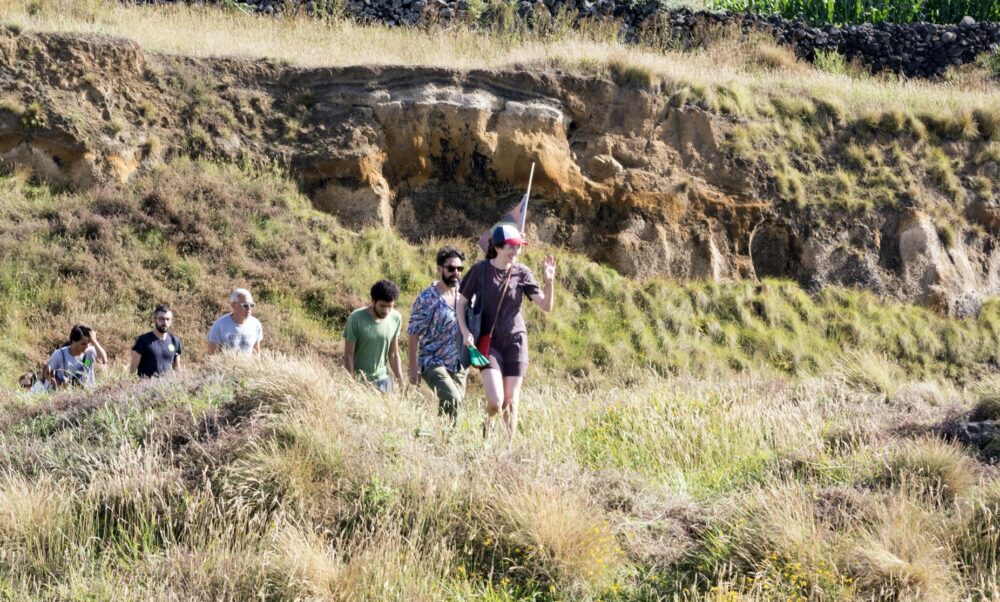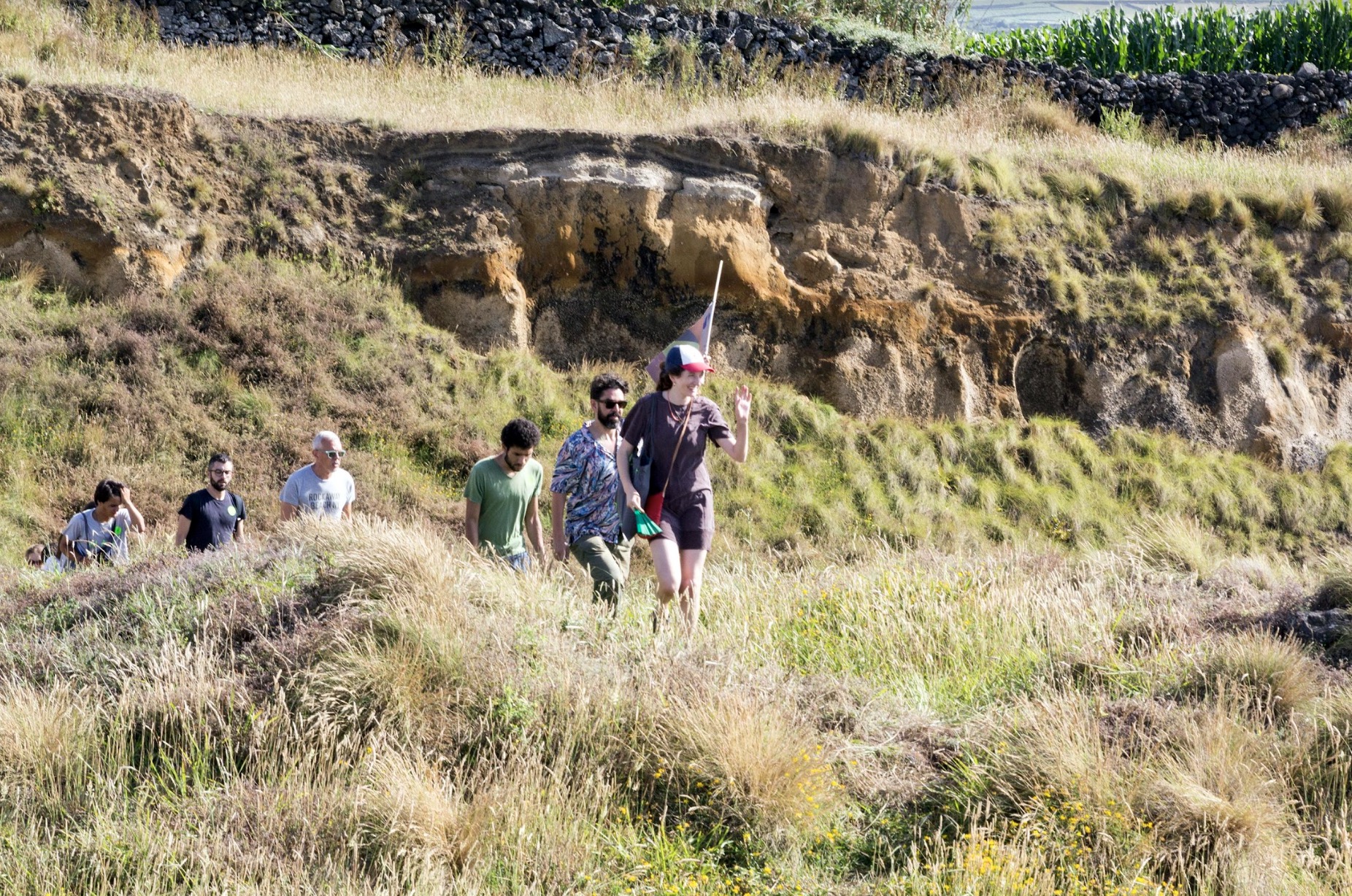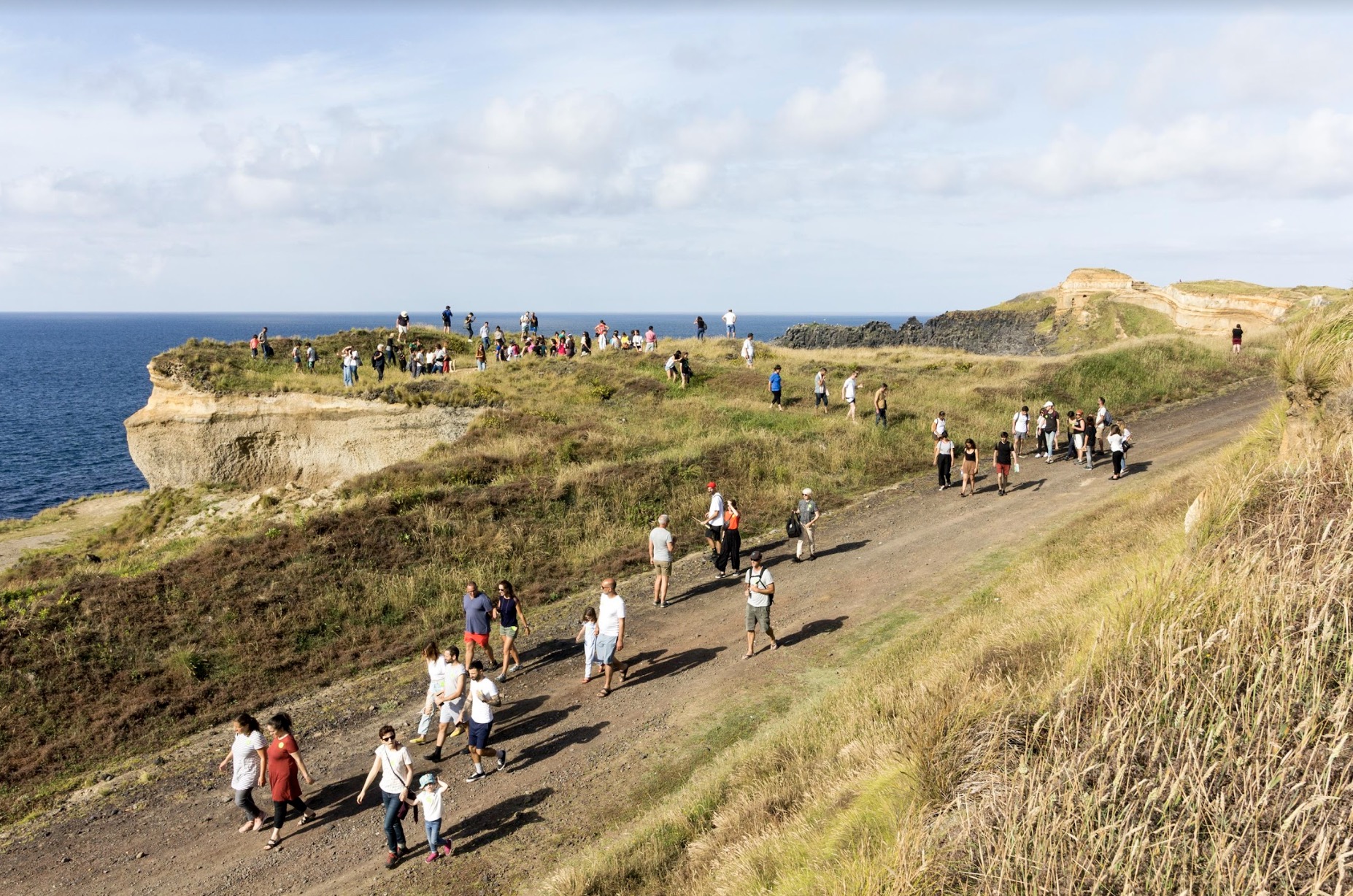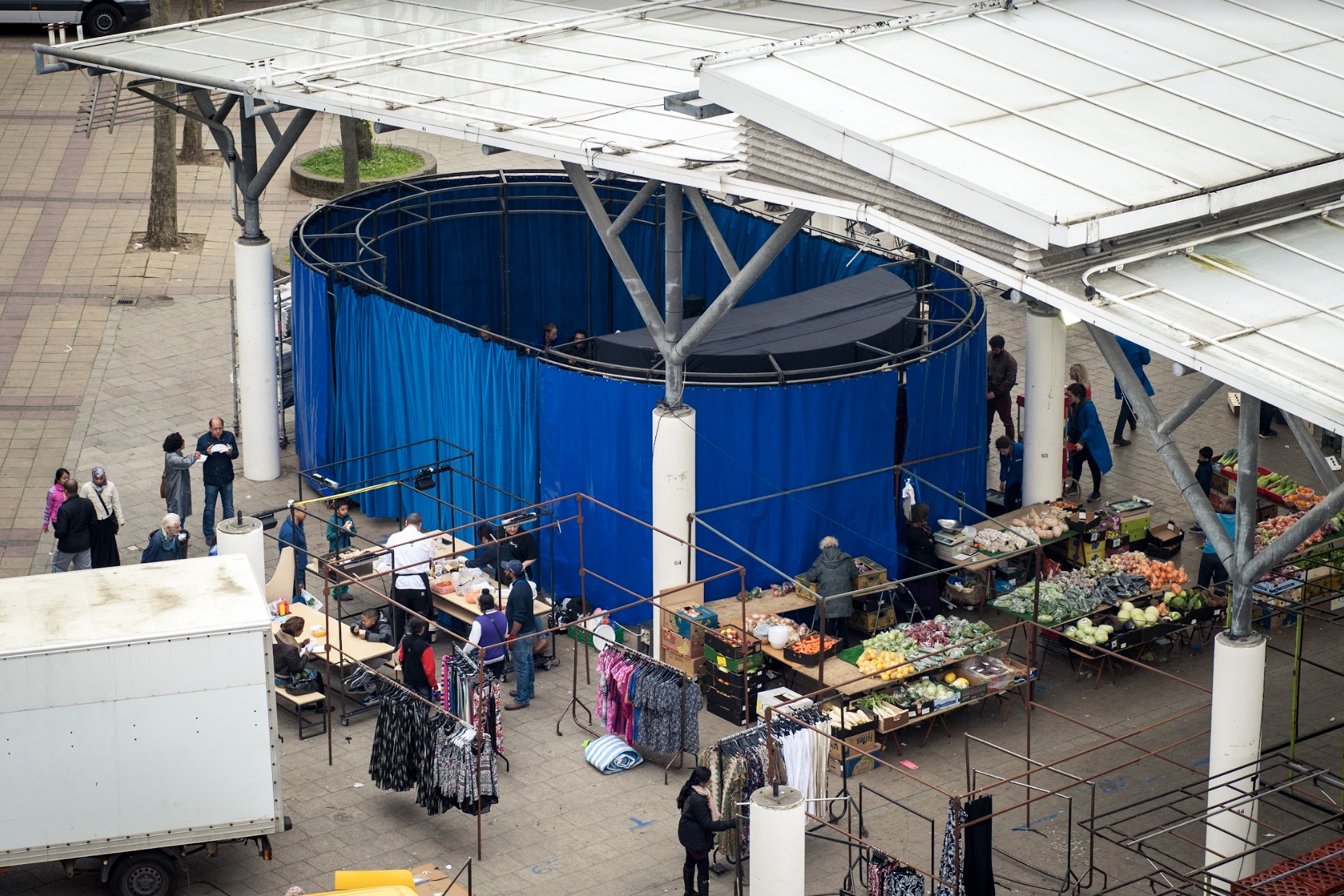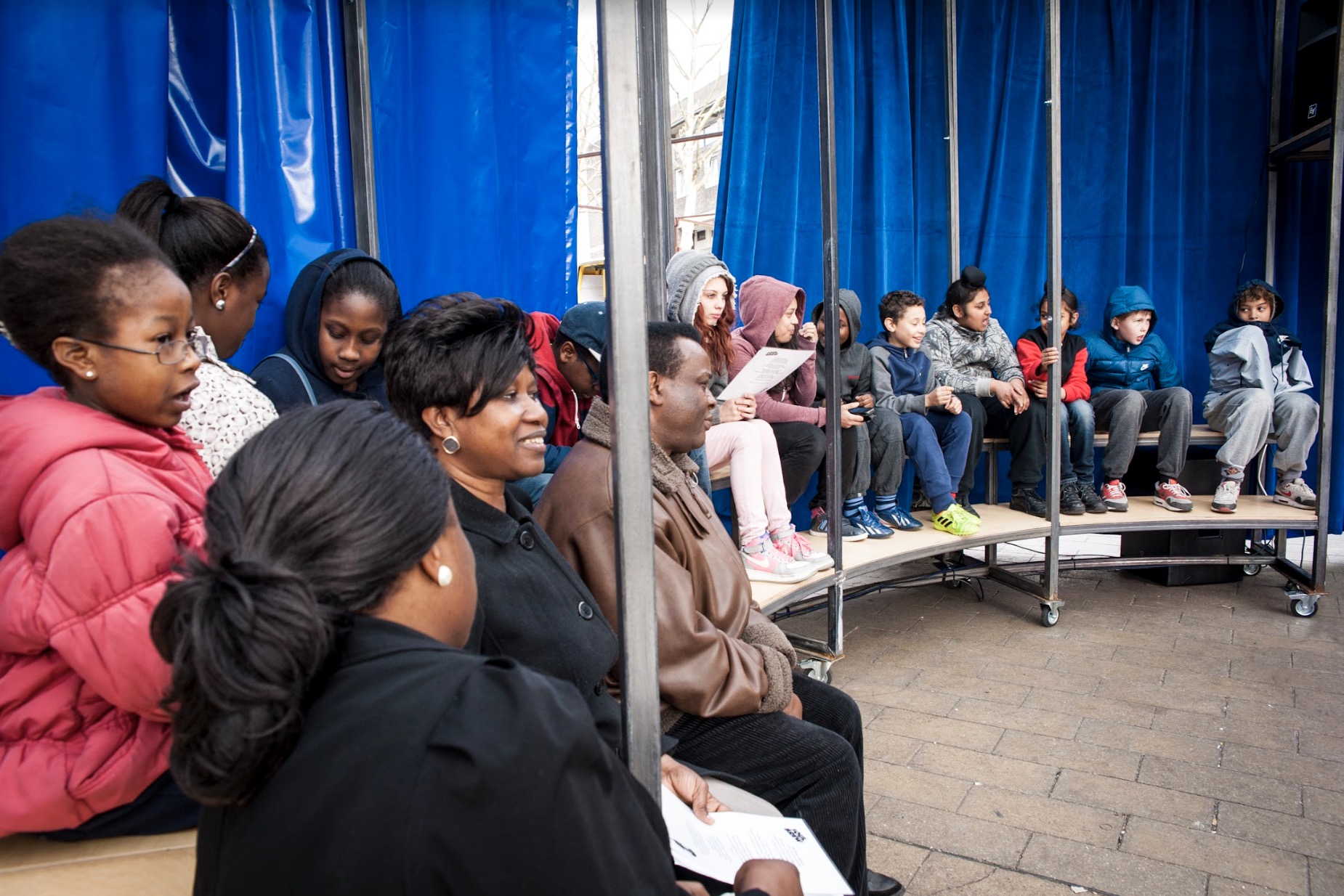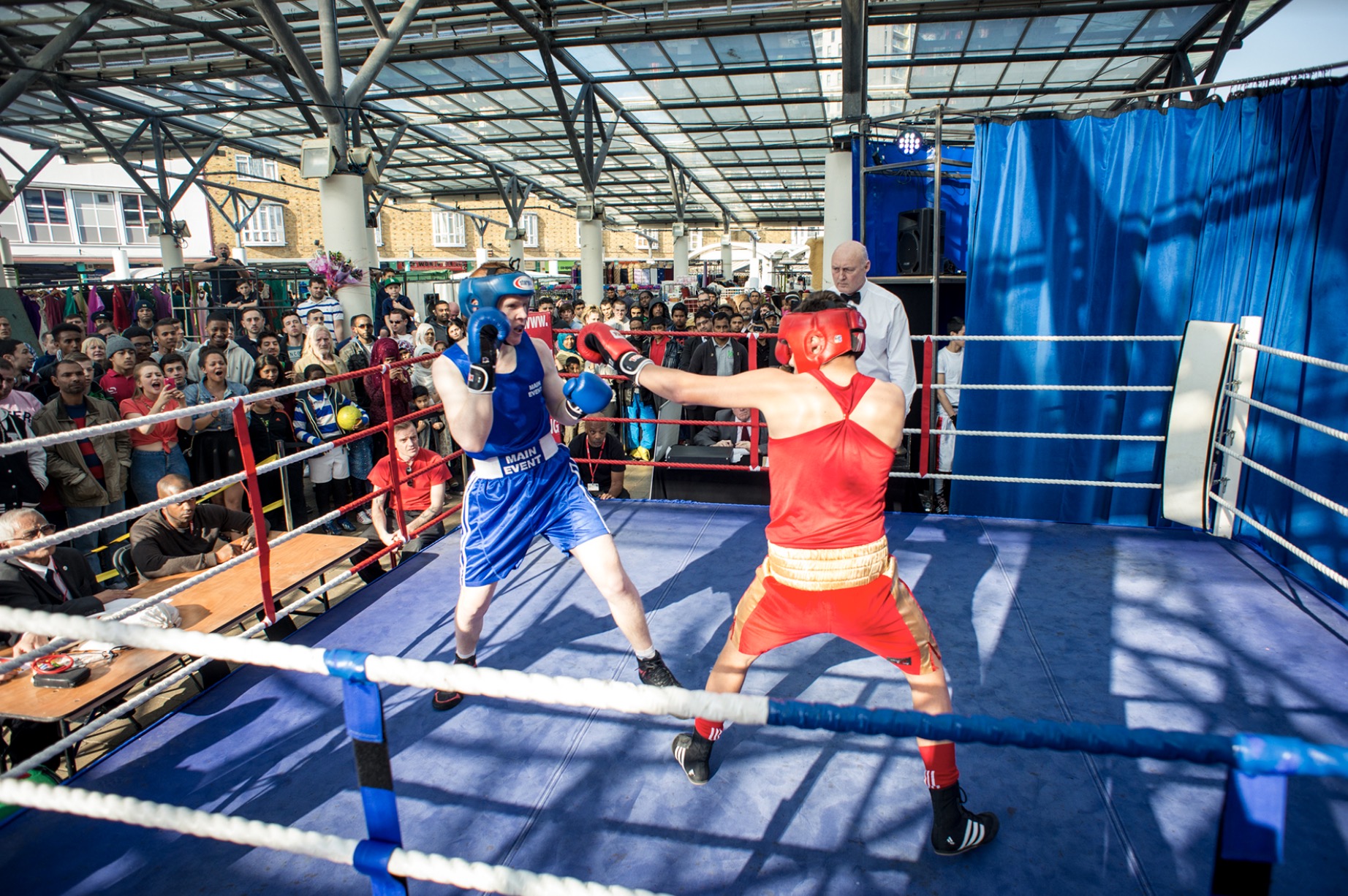Communal Architecture and the Delights of Xenophilia
Mariana Pestana
In 2019, The Decorators, the design studio that I co-founded with Carolina Caicedo, a Suzanne O’Connell e o Xavi Llarch Font, were invited by the Walk & Talk festival to curate a public art circuit on the island of São Miguel. Aware of our position as outsiders, foreigners to that territory, we called our project an expedition. We gave it the title Expedition Empathy. Our work had consistently sought to reconcile the physical dimensions of a space with its social dimension. For this, we called on people and communities with whom we built, together, collective experiences of intervention in the territory. But the Azorean context called for a deeper engagement with the territory in a material, tectonic, sense.
Located in the intersection of three tectonic plaques, the archipelago of Azores was populated by humans in the 15th century. Since then, it has been subject to many earthly experiments, including the acclimatization of plant species from the global south, before they were brought to the botanical gardens of the north of Europe. Many of the foreign descriptions of Azores were written in the context of expeditions, by rationalist minds in tune with the spirit of Enlightenment, in the 19th century. They classify and categorize plants, animals, landscapes and peoples of the islands. But not all dimensions can be measured by rational systems. The magnetic properties of rocks, the tremors of the earth, the impending ascent of the roaring lava, are events that defy logical scales, occurrences that can hardly be predicted. They escape rational systems of thought. Myths and rituals, sacred or profane, perhaps best capture the strength and magnitude of such events. Our expedition, unlike those of the 19th century, wanted to merge instead of measure, to personify rather than classify. We were interested in the immeasurable, irrational, unintelligible phenomena, in taking a position of doubt and fragility in relation to that place. And in connecting viscerally to the landscape. The archipelago is a precarious agreement between land and humans, with many being expelled by eruptions from the 16th to the 20th century .
In this text I describe how our work evolved from participatory processes of engagement with places and people, the way we insert ourselves in external contexts and the motivations that lead us to create communal experiences. And it reflects on the transformative dimension that the Azorean experience has had in our practice, expanding the communal and social dimensions beyond a human-centred framework.
The nature of The Decorators’ work is participatory. That is, each project results from a collaboration process between many people that extends to the very experience of the pieces we build when they are presented. The first project we did was a restaurant situated on a small triangular plot of land in the Ridley Road Market in East London, in Dalston, inhabited by people from different geographies. A fresh market, but also clothes, bags, cds and dvds, cow heads, snails and electronic materials and others. A visit to this market is like traveling around the world in 100 metres. The area was undergoing a profound demographic transformation, in a process of gentrification that jeopardized the future of the market, which, with more than a hundred years of existence, was threatened by the recent presence of several supermarkets. The municipality’s solution was to renovate the market, make it “clean” and aesthetically adapted to the new inhabitants and potential customers with greater economic power who arrived in that neighborhood. Instead of a material renovation, we defended a renewal through a program of use, ensuring the preservation and appreciation of the multi-cultural identity of the market and the products that were sold there. We started by having picnics in a small concrete triangle with an area of around 25 square meters, where the stallholders had lunch informally. We brought a gas camper, pots, towels and dishes, and bought ingredients at the market that we cooked there. Our presence quickly made itself felt, and we received criticism of the way we were cooking the spinach, suggestions on how to cook the eggs. Food has become a means. The stallholders gathered around us and we started a conversation, which led us to realize that what the place and the situation asked for was a program of social use. We made a simple structure in scaffolding and wood, which mimicked the material logic of the surrounding stalls, and we wrapped it in a waterproof curtain that closed at night. The kitchen was located on the ground floor, and people sat on the upper floor. A system of ropes made the table go up or down between the two floors, so that the food arrived there theatrically, and without the need for service personnel. Every day there was a different cook, in rotation. During lunch, the restaurant operated on a barter system. People who visited the restaurant saw, outside, a chalk board where we listed the ingredients we needed. As long as they brought one of these ingredients, they could exchange it for a meal. In the evening dinner was sold for £15, of which £5 was returned in the form of a voucher to be used in the market. The exchange extended to other elements: the water tank was filled by the chamber’s employees in exchange for dinner; a music store in the market agreed to put music on the same system. Gaining the trust of those who lived and worked there was a lengthy process, adapting to the rhythms, schedules and habits prior to our arrival. During the opening period, the restaurant became a social space for new and old inhabitants, merchants and visitors to meet. This process of metamorphosis between the fragility with which we arrived and the disarrangement of the established order that we caused was not indifferent to the municipality or the place. In the end, the municipal plan for the use of that space was changed and it was determined that any future project would have a social use. At the time the consequence seemed to us too tenuous and insignificant. And right there began a questioning about the pertinence of our practice: what impact or legacy does a project like this leave in the city? Who benefits from a temporary project of this kind? And what makes us want to collaborate with people? What was this strange impulse to make a mechanism that worked only with the participation of many players?
After three years, we again did a project in a market. This time it was in Poplar, one of the poorest neighborhoods in the UK. Commissioned by the parish council, we developed a program in a covered public square, where the Chrisp Street Market takes place. The market has been around since Victorian times, and was renovated by architect Frederick Gibberd during the Festival of Britain in 1951, a post-war initiative to promote new architecture that would go on to influence other markets, squares and buildings across England in a aesthetic that would become known as “festival style”. Until then, markets took place on the streets, so Chrisp Street Market was one of the first purpose-built public squares to host a market in the UK. In 2014, the market was facing a new phase of urban regeneration, and it seemed appropriate for our project to summon citizens, to listen to their desires, to test potential future uses for that place, in the spirit of the experimental program that had taken place 60 years before. Above all, we wanted to emphasize the relevance of the market as a public and civic space, the heart of community life. In order to hear the many voices of Chrisp Street we created a mobile radio with all the necessary equipment to broadcast live and record sound. We could thus take the radio to the market, to learn about and record the mechanics of the place and ask questions about its future. Sound was a medium. Through radio programs we crossed the walls that separated the market from houses, sports and social clubs. We reached into the lives of the people there, because they came to meet us. We made political, music and literature programmes, which were no more than an excuse to find out about other people’s lives, dreams, future visions, ideals and convictions. The radio was like an attractor, the stories, biographies and places came to us. This collection informed a series of events and activities that took place in the market, developed in collaboration with partners that we became acquainted with, such as the Lansbury Amateur Boxing Club, Poplar FIlm Bow Arts, Spotlight and other local organizations. We build variations of market stalls designed to accommodate programs – from boxing to music and cinema, or tables for eating. We tested a series of possibilities for the future of the market, based on the expressed aspirations, which we incorporated into mobile structures and public programs and then wrote everything down in a report that we delivered to the municipality. We are often asked that question that has haunted us since the Ridley Road market: what was the use? What consequence did it have? What impact did it make? To what extent did our report influence the program that the municipality would demand from property developers, urban planners and architects? We found that a rent containment program is currently underway and the town planning project approved by the municipality preserves the public dimension of the space. But the most tangible purpose seems to me to have to do with the imagination aroused. For example, by expanding the lexicon of possibilities for each person who passed through there. As the anthropologist Arjun Appadurai argues, aspiration is not an innate quality, much less equally distributed, because it depends on each person’s experiences, it is intimately linked to social and class conditions. Opening spaces to imagine, and experience, how a place could be, seems to me to be the greatest utility of temporary cultural projects. This imagination I’m talking about has, on the one hand, a political bent, because unlike fantasy, it concerns the ability to envision a better life, the will to change. On the other hand, because it is a shared imagination, or cultivated together. Through listening mechanisms, each project is a synthesis of collective wills, of several desires consolidated in a program. This social mission is partly what motivates us. But not only. There is a fascination for the other, and for the possibilities that the encounter can raise. Or, what Coimbra de Matos called the delights of xenophilia. The professor, psychiatrist and psychoanalyst who introduced the ideas of relationality and the future in the therapeutic office, spoke of the fascination for the other as the foundation of the zest for life. The delights of xenophilia have to do with the fascination for the unknown and with the impulse to create something new that does not yet exist. The “pulsing of other souls”, the contact with divergent and fractured ideas and cultures produce epistemological ruptures that attract us because they can transform us and, in doing so, allow us to imagine and create new possibilities. It is these new relationships, fleeting or long-lasting, that truly justify the pleasure of participatory work. But meeting the other is also abdicating control and protection of individual space. And therefore, opening oneself up to the encounter perhaps implies a risk of contact with alterity. Connecting with the other is a risk in an era that values the individual purpose above all else, because the common experience of the encounter “always presumes an identity disjunction, of two subjectivities”. There is a decentering of the individual experience towards a construction of the world from another perspective, shared, communal. The game of participation is, after all, a loving dynamic that takes place in the place of the encounter with the other (xenos), a management of positions of power and vulnerability that alternate, in a risk that is justified, I think, by the simple pleasure of the meeting.
In 2019 we called our expedition “empathetic” in order to emphasize the sense of shared emotional experience that we wanted to give to our project. It announced a desire to express the ascending movement of the collective imagination, the exponential pleasure of experiences that are shared, the contagious emotion of the synchronic experience. But there, for the first time, we extended participation to a more-than-human dimension: the bacteria that fermented the mother dough, the geothermal energy of the caves that cooked the bread, the heat of the thermal waters that warmed the bodies, the erosion that transformed sculptures, etc… and from this project carried out in the Azores, our practice has developed in the sense of thinking more critically about what a community truly is. The wonder with the other, the fascination with otherness, the delights of xenophilia, expanded towards the more than human world.
A version of this text is being published as part of the 10 year catalogue of Walk and Talk Festival.
